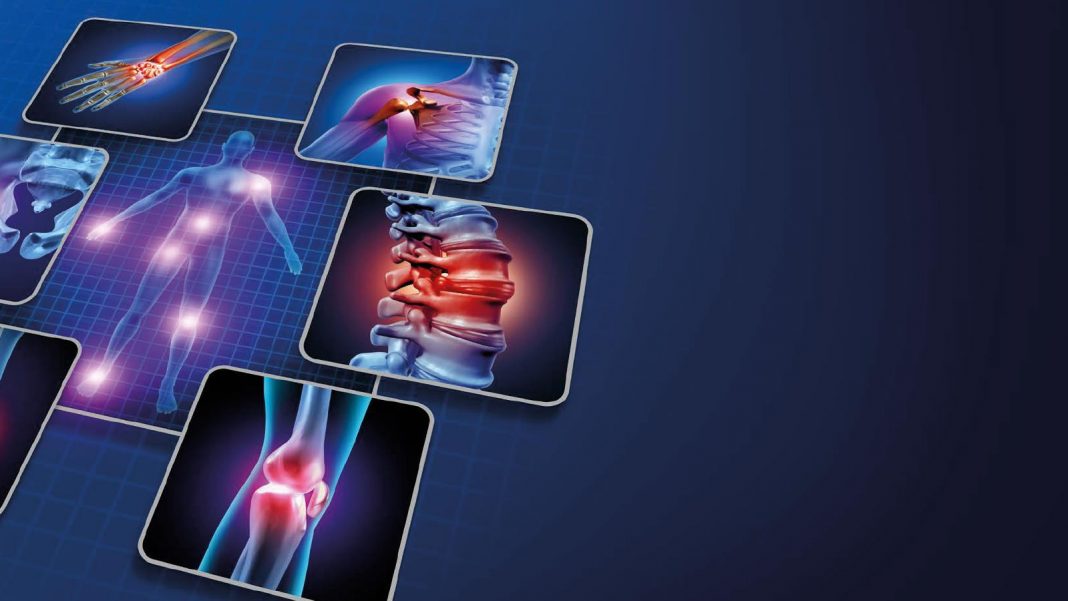Razionale Scientifico
Spondyloarthritis (SpA) is a large family of chronic inflammatory diseases characterized by inflammation of the axial skeleton, a typically asymmetric peripheral arthritis of the lower limbs, enthesitis, typical extra-articular manifestations, and shared genetic background. The prevalence in the general population is up to 2% for the entire group. SpA, particularly ankylosing spondylitis, has been associated with a diagnostic delay of up to 10 years.
Important efforts toward shortening this delay have been made, including the development of new classification criteria. Diffuse idiopathic skeletal hyperostosis (DISH) is a form of arthritis that involves the tendons and ligaments around the spine.
Also known as Forestier’s disease, this condition occurs when these tendons and ligaments become hardened, a process known as calcification. Once the tendons and ligaments harden, parts of these tissues can turn into bone. This usually occurs where the tissue connects with the bone. As a result, bone spurs develop, which is an outgrowth of bone that develop along the edges of a bone. DISH (Diffuse idiopathic skeletal hyperostosis) commonly affects the upper part of the back and neck, known as the thoracic and cervical spine. However, DISH (Diffuse idiopathic skeletal hyperostosis) can also affect the shoulders, elbows, hands, knees, hips, heels, and/or ankles.
Osteoarthritis (OA) is the most common chronic (long-lasting) joint condition. The first sign of osteoarthritis of the spine is usually pain and stiffness in your back or neck. The condition can be difficult to diagnose, as it can be hard to tell which symptoms are linked to osteoarthritis. It can even be hard to spot back and neck problems on x-rays of the spine, as changes caused by osteoarthritis don’t always cause pain.
Responsabili Scientifici
Reuven Mader, Piercarlo Sarzi-Puttini
Per maggiori informazioni sul corso, consultare il programma dell’evento










